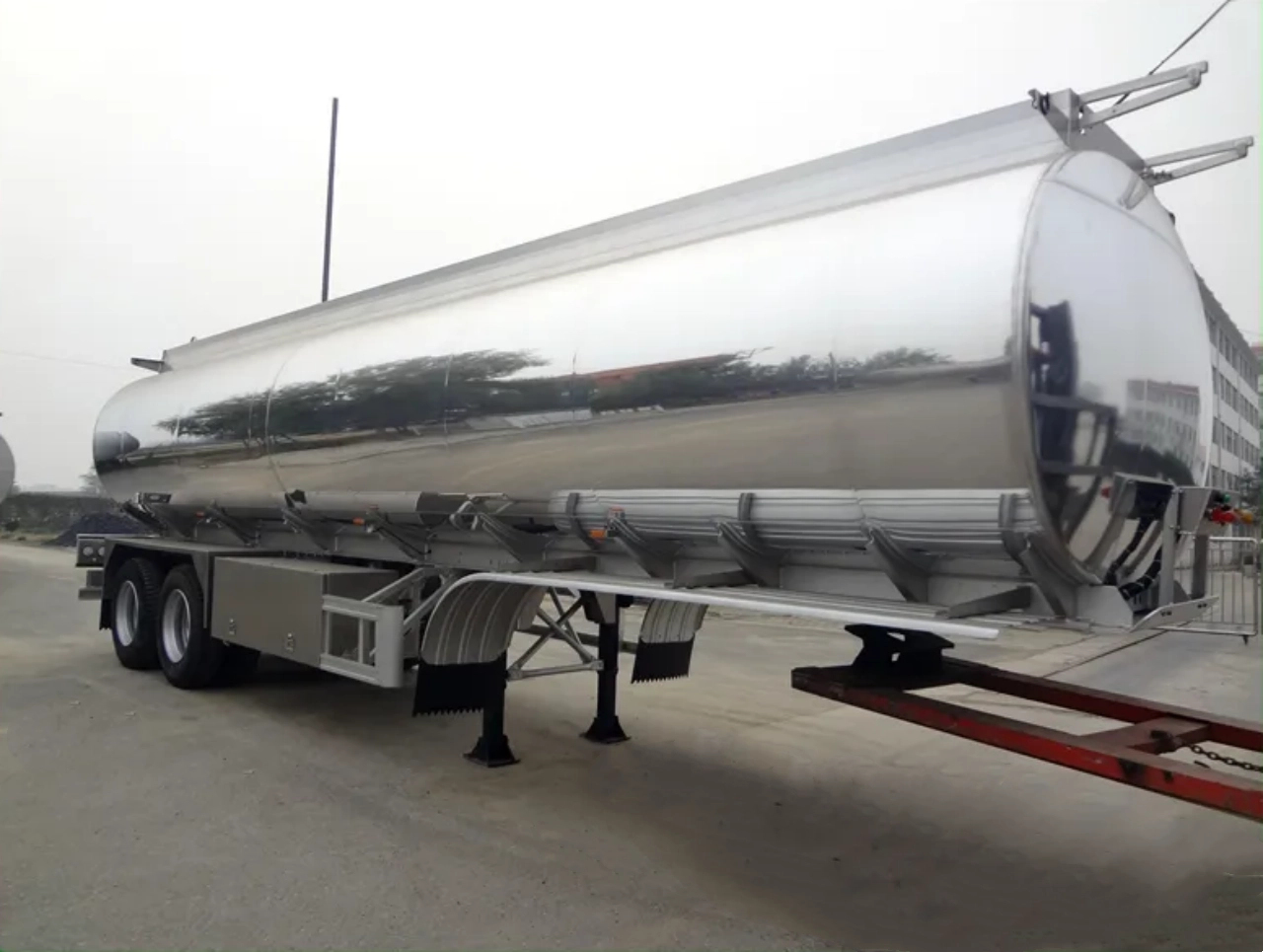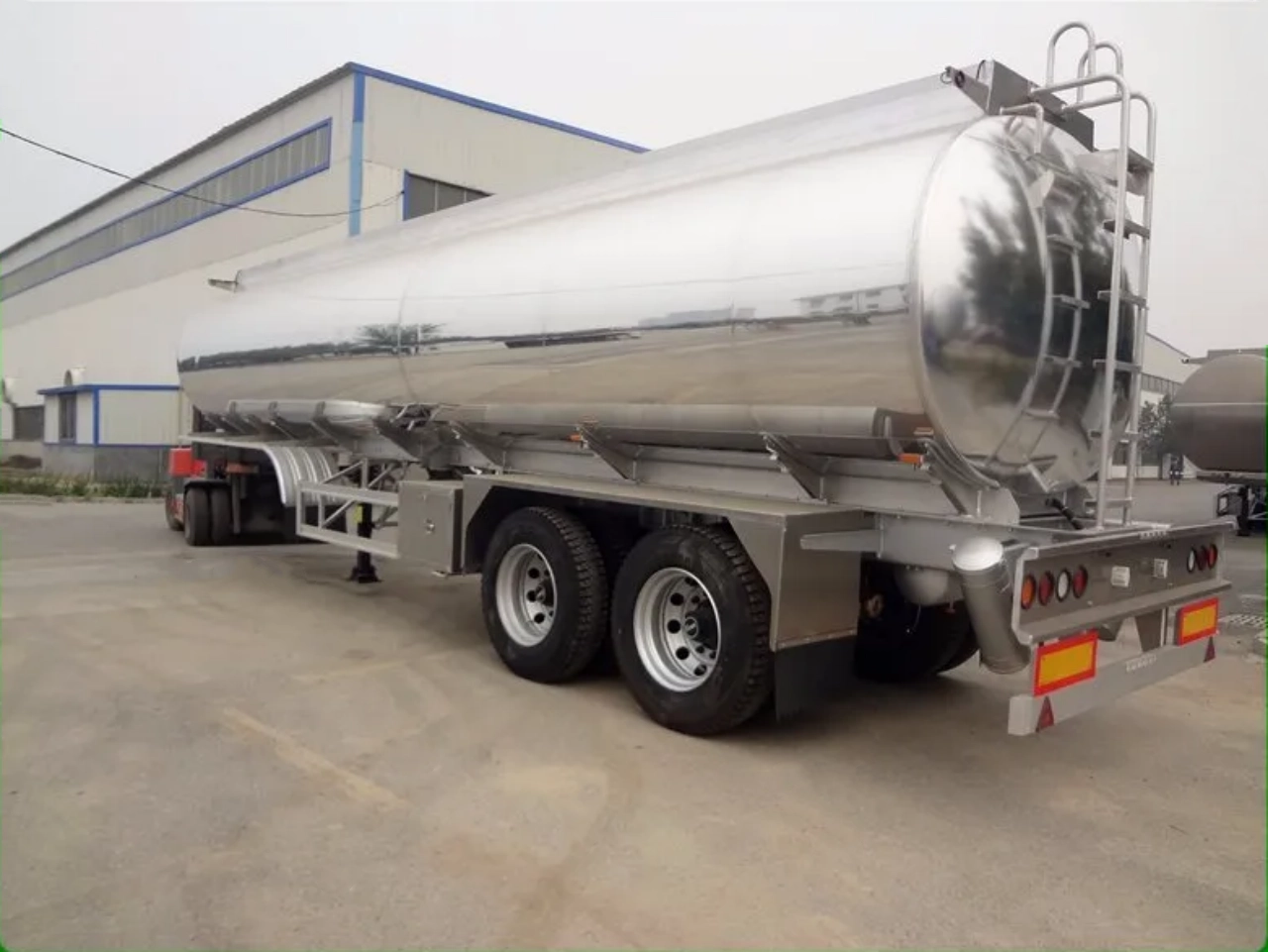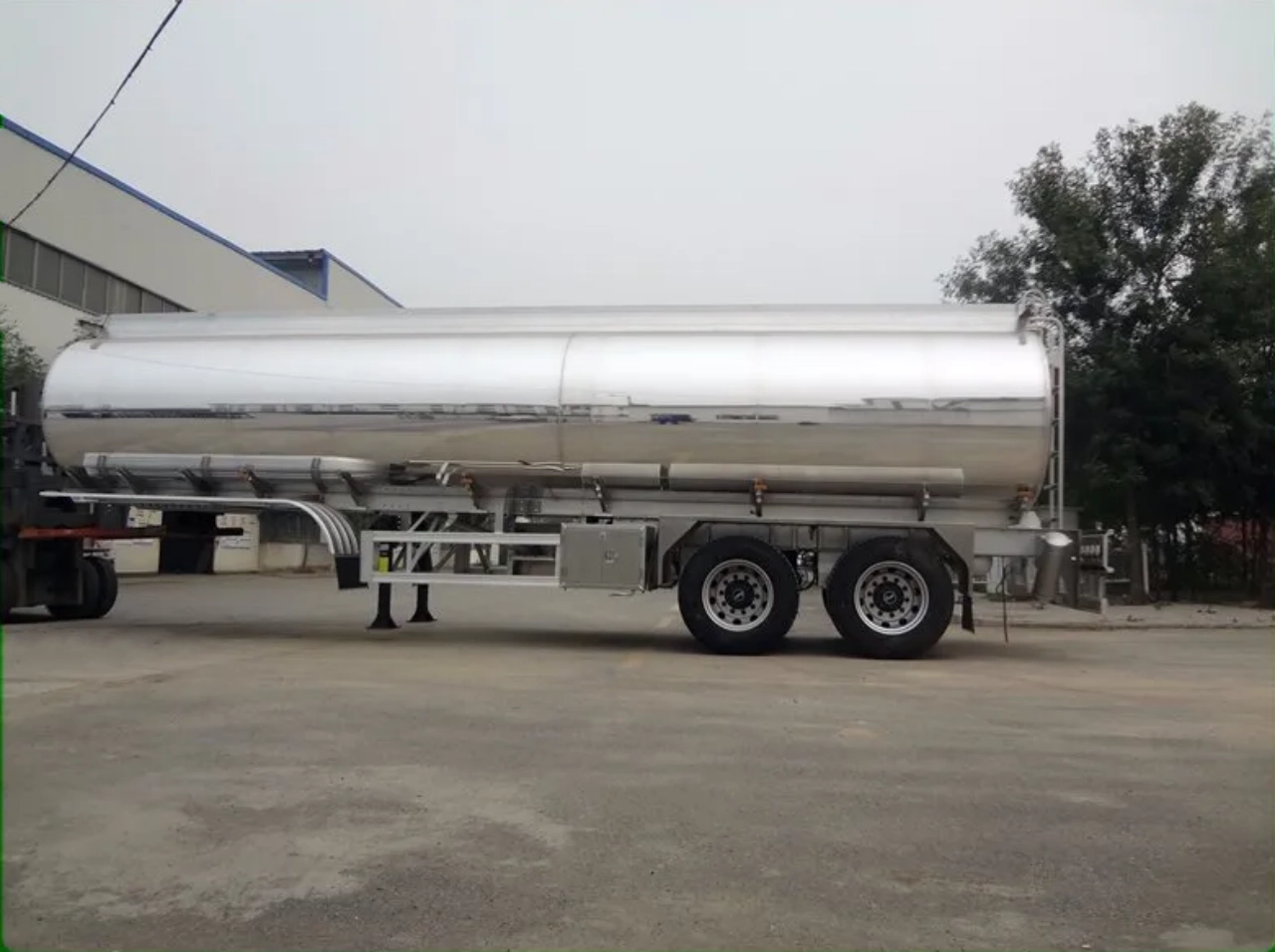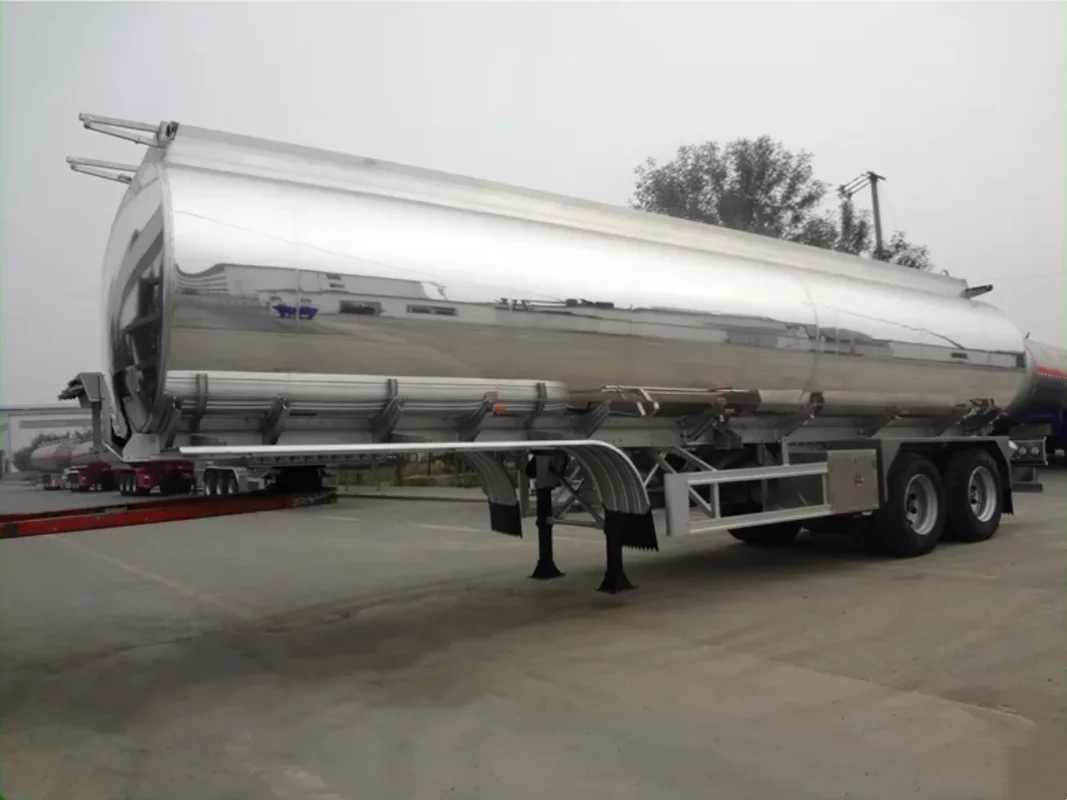A water trailer, often underestimated in its simplicity, plays a pivotal role in diverse industries, from agriculture to construction, firefighting to disaster relief. This versatile equipment, essentially a mobile water tank mounted on a trailer chassis, serves a crucial purpose in providing a portable water supply wherever needed, often in remote or inaccessible locations. Its design and capabilities make it an indispensable asset in various applications, contributing significantly to operational efficiency and emergency response efforts.
Overview and Design
At its core, a water trailer consists of a robust trailer frame equipped with a water tank, typically made of durable materials like polyethylene or steel, designed to withstand varying environmental conditions and transportation stresses. The tank’s capacity can range widely, from a few hundred gallons to several thousand gallons, depending on the trailer’s intended use and size. The trailer is often equipped with features such as baffles to minimize water sloshing during transit, ensuring stability and safety on the road.

Applications and Uses
Agricultural Irrigation:
In agriculture, water trailers are employed for irrigation purposes, especially in areas lacking permanent water infrastructure. Farmers and growers use them to transport and distribute water directly to crops, ensuring optimal hydration during critical growth stages or in drought-prone regions where irrigation systems are insufficient.
Construction and Dust Control:
On construction sites, water trailers play a crucial role in dust suppression and soil compaction. The ability to spray water over large areas helps mitigate airborne dust particles, enhancing worker safety and compliance with environmental regulations. Moreover, water trailers are used for mixing concrete and controlling dust during demolition activities.
Firefighting and Emergency Response:
During wildfires and other emergencies, water trailers are mobilized as part of firefighting efforts. They serve as supplementary water sources for firefighting crews, providing quick access to water in remote locations where fire hydrants are absent. These trailers are also vital in disaster relief operations, supplying clean water for drinking and sanitation in affected areas.
Road Maintenance and Cleaning:
Municipalities and highway maintenance crews utilize water trailers for road cleaning and maintenance tasks. They are instrumental in washing streets, flushing debris from gutters, and maintaining cleanliness in public spaces. Additionally, these trailers support road construction projects by providing water for compaction and dust control on newly laid surfaces.
Features and Configurations
Pump and Hose Systems:
Most water trailers are equipped with pumps powered by gasoline engines or electric motors, facilitating efficient water discharge. High-pressure hose reels enable precise water distribution, whether for firefighting, irrigation, or cleaning applications. Some models feature adjustable nozzles or sprayers, allowing operators to control water flow and coverage as needed.
Transportability and Mobility:
Designed for mobility, water trailers are often towable behind various vehicles, including trucks, tractors, or ATVs, depending on their size and weight. This mobility enables quick deployment to remote areas or challenging terrains where access by larger vehicles may be limited.
Customization and Additional Equipment:
Manufacturers offer customization options to tailor water trailers to specific user requirements. Additional equipment, such as filtration systems for potable water, remote control capabilities for pump operation, and integrated toolboxes for storage, enhances functionality and operational efficiency.

Environmental and Economic Benefits
Water Conservation:
By efficiently distributing water directly to targeted areas, water trailers contribute to water conservation efforts. In agricultural settings, precise irrigation reduces water wastage, optimizing crop yield while conserving natural resources. Similarly, in urban environments, controlled water usage minimizes runoff and supports sustainable water management practices.
Cost-Effectiveness:
Water trailers offer a cost-effective solution compared to establishing permanent water infrastructure in remote locations or temporary work sites. Their mobility reduces logistical expenses associated with transporting water by conventional means, making them a practical choice for short-term projects or seasonal applications.
Conclusion
In conclusion, a water trailer represents more than just a mobile water tank; it embodies versatility, efficiency, and reliability across a spectrum of industries and applications. From enhancing agricultural productivity to supporting disaster relief efforts and maintaining urban infrastructure, its role in facilitating access to clean water and promoting sustainable practices is indispensable. As technological advancements continue to refine its design and capabilities, the water trailer remains a resilient tool, essential for addressing evolving challenges in water management and resource utilization globally.


